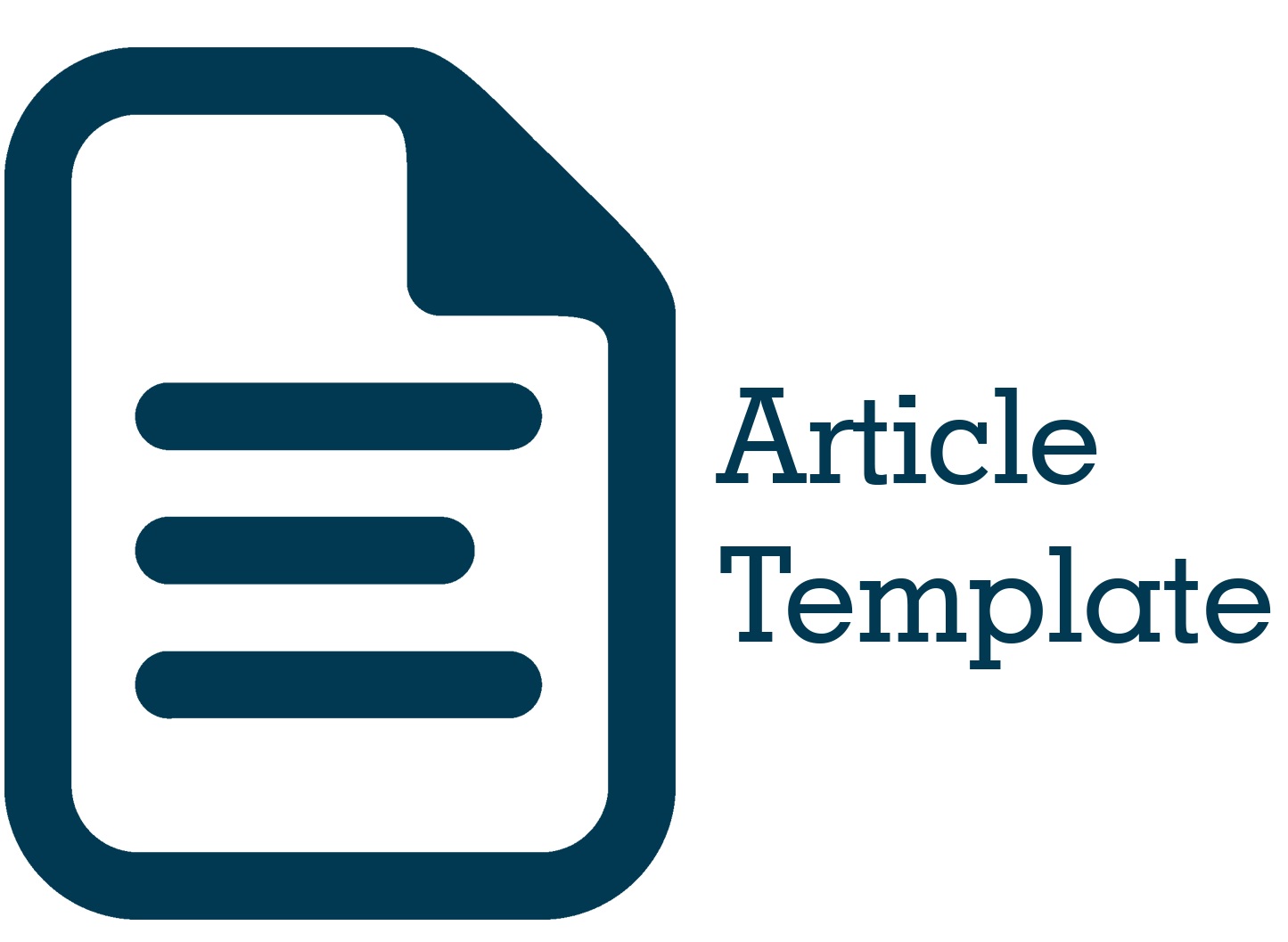Implementasi Model Flowchart Perancangan Sistem Informasi Akuntansi untuk Permintaan Dana/Advance
DOI:
https://doi.org/10.51135/PublicPolicy.v4.i1.p97-106Keywords:
Accounting Information System, Request for FundsAbstract
Profiting and staying away from the practices of administrative and financial manipulation is everyone's goal in trying. It is, largely determined by a decision-making process that is based on accurate, relevant, and timely information. This goal can only be met if marketing, production, and labor relations information, as well as financial data information, are properly designed and implemented in the production of an accountable document-based accounting information system.
In this study, we focused on the implementation of the flowchart model in the design of the information system for accounting for requests for funds / advances as one of the company's expenditure cycles, which is focused on designing and structuring the flow of documents requesting funds or advances needed by the accounting and finance departments to finance project needs and routine company needs with mechanistic pay in advance, using observational methods, interviews and literature studies.
The implementation of this model is expected to improve the efficiency and effectiveness of the company's business processes in managing the demand for funds and advances. Even though in the design process, several obstacles to the implementation of the flowchart model were found, such as limited human resources and available technology, this condition can be overcome by conducting training for employees and developing better technology. With the hope that the results of this research can contribute to the development of an accounting information system for companies.
Downloads

Downloads
Published
How to Cite
Issue
Section
License
Authors whose manuscripts are published in the Journal of Public Policy must agree to the following terms;
- Publication rights for all manuscript materials published are held by the editorial board with the author's consent.
- The legal formalities for digital access to the Journal of Public Policy are subject to the Creative Commons Attribution Sharealike (CC BY SA) license, which means the Journal of Public Policy has the right to store, redistribute, reformat, manage in a database, maintain, and publish the manuscript without seeking permission from the author as long as the author's name is included as the copyright owner.
- Published manuscripts are open access for the purpose of disseminating research results. Besides this purpose, the editorial board is not responsible for copyright law violations.


.png)



